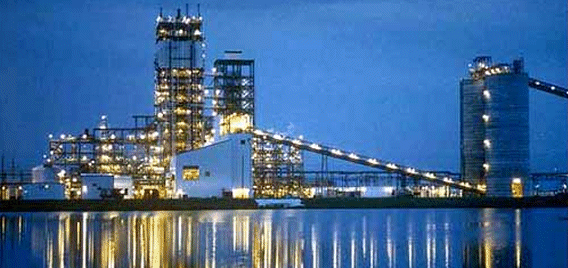Chemical and Process Engineering Resources

Carbon Dioxide Removal Section Developments
The removal of carbon dioxide has been performed via solvent absorption and distillation since the inception of ammonia technology processes. This section of the ammonia plant is the largest consumer of energy after the cooling water system. The energy consumption is due to thermally inefficient distillation, dissipation of huge amounts of low level heat into the cooling water via product carbon dioxide, and pressurization and depressurization of absorbents.
Isobaric Manufacturing
Chemical absorption in the isobaric manufacturing of ammonia can be unattractive because of the very high pressure (100 ata). Therefore, major changes in the existing carbon dioxide removal technologies may be necessary. Replacement technologies may include cryogenic condensation or pressure swing absorption (PSA).
Carbon dioxide separation through PSA is offered in the Low Cost Ammonia Process (LCA). PSA is scalable an may be more economical because of efficient carbon dioxide recovery at higher pressures. However, further development in this direction is essential for the recovery of high purity carbon dioxide as desired in urea production.
Carbon dioxide separation via condensation may also become more attractive due to an increased concentration of carbon dioxide which can be realized with successful hydrogen separation through membranes. This would allow the concentration of carbon dioxide to be increased by 18 to 36 mole percent. This would allow carbon dioxide concentrations in the gas to be reduced to 15% by chilling of the 100 ata fron end gases. This method also provides high pressure carbon dioxide for urea production which will reduce the power consumption in the carbon dioxide compressor of the urea plant substantially. The remaining product carbon dioxide gas can be recovered via PSA. A combined PSA and condensation process may solve the problem of carbon dioxide purity from the PSA process.

 FB
FB


0 Comments